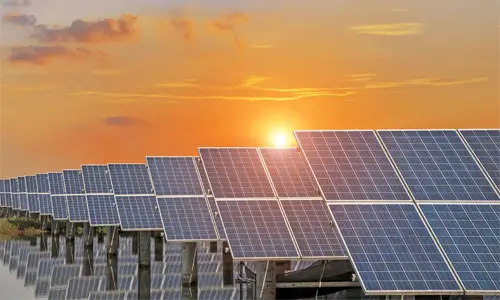The goals and ambitions of the Bahrain Renewable Energy National Transition Plan, and the Bahrain government is to increase the share of its renewable energy source to about 5% of its total electricity generation by the year 2025.
The president of the country’s Electricity and Water Authority (Kamal bin Ahmed Mohammed) stated that the decision is part of the plan to diversify the state’s energy resources and potentially accomplish a goal of hitting 35% renewable energy generation within the state by the year 2035.
Also Read: How renewable energy has changed over the last 10 years
EWA (Electricity and Water Authority) has undertaken numerous measures to make the application, and connection process as easy and straightforward as possible. Bahrain is committed and focused on its movement towards renewable energy and has set a target to hit a net zero of carbon emissions by the year 2060. The EWA opened their doors for various applicants to apply for the installation contract. There are currently 54 contractors and 93 consultants who have accreditation for the distribution of renewable energy to Bahrain. High levels of scrutiny and precise selection was taken to ensure the best quality equipment and materials are provided for the installation.
Applicants Compete for the Bahrain Renewable Energy Installation Contract
The EWA partnered with Bahrain’s Information and eGovernment Authority to digitally track and analyze all the stages of applications through the application portal. At the moment a total of 303 applications for the installation of renewable energy have been received from various industrial, residential and commercial sectors. Out of those a sum of 80 applications have been successfully commissioned and have been connected with the authorities’ distribution network. The total capacity is now exceeding 38 megawatts. It is forecasted that by 2026 over 150 megawatts are expected to be installed to increase the capacity of the EWA electricity distribution network. Hopefully, Bahrain’s efforts are successful and they can achieve their goal of zero carbon emissions by the year 2026.

